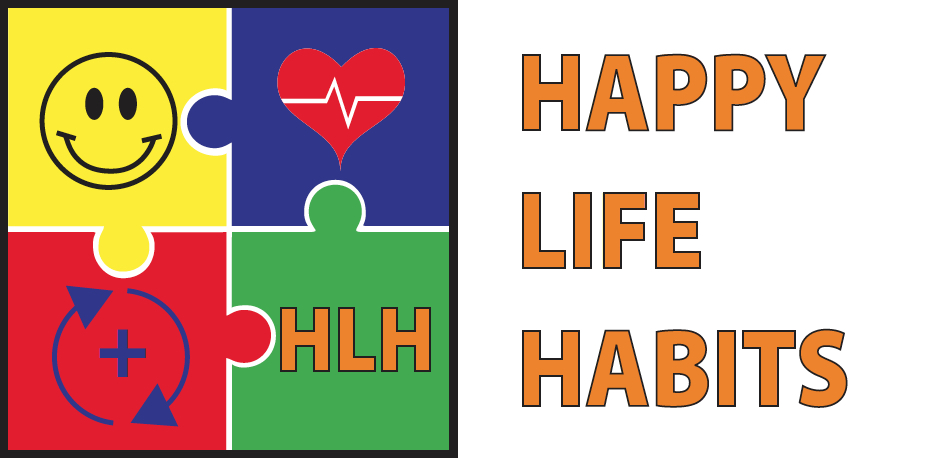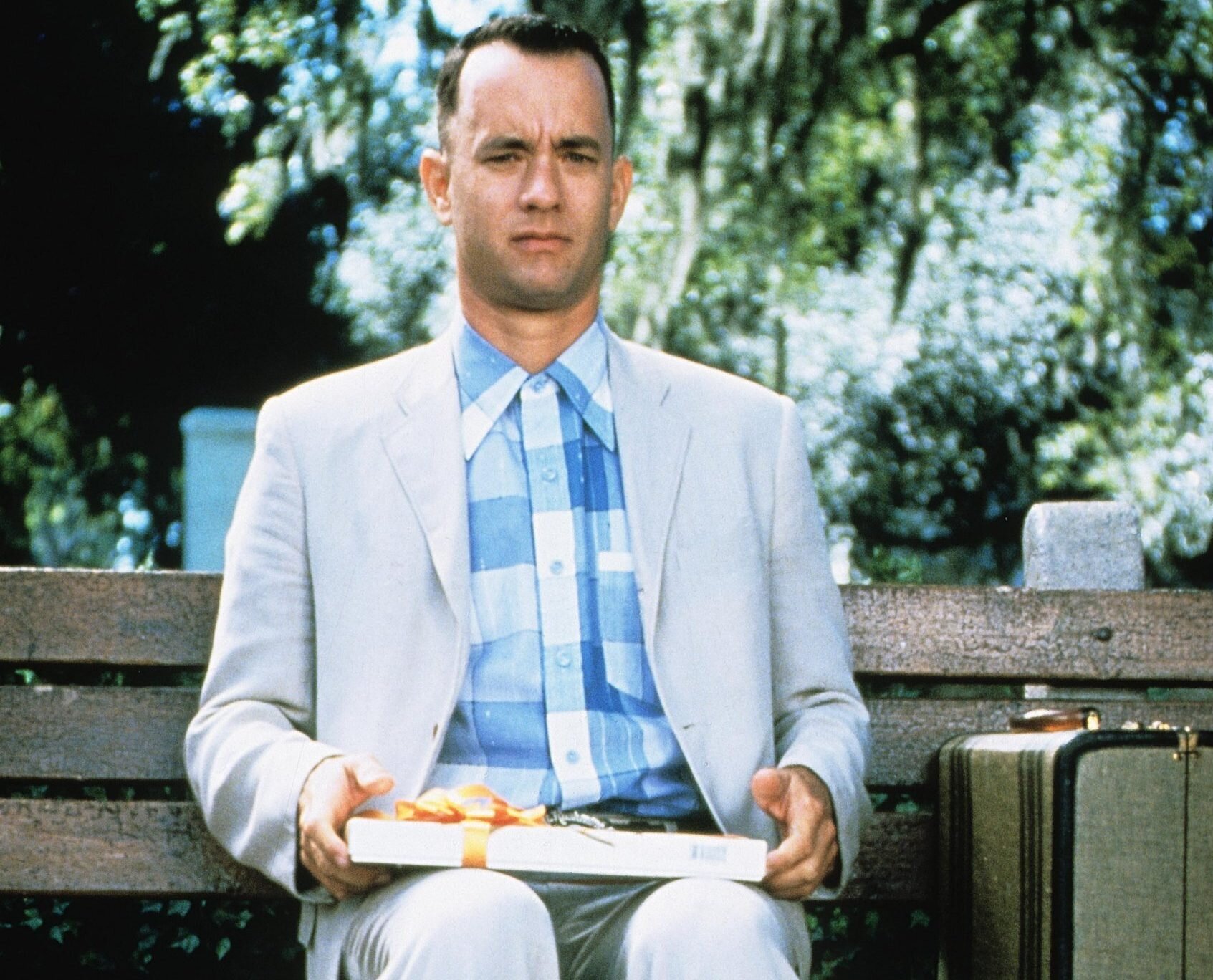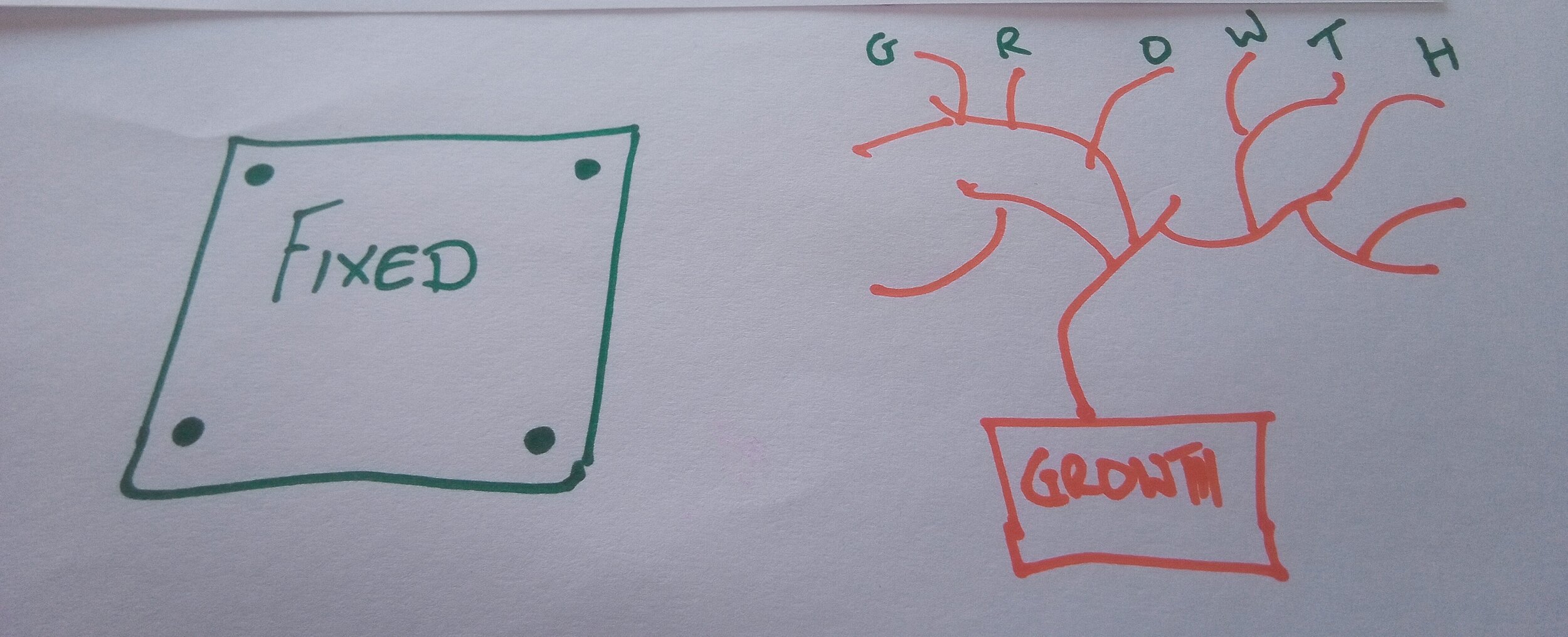This and the few related articles are about the golden opportunity we have for learning, change growth, development and transformation. Moving from a caterpillar to being in a cocoon to become a butterfly. They blend ideas and snippets on needs, mindsets, zones and actions from Stephen Covey, Tony Robbins, Abraham Maslow, Carol Dweck, Nelson Mandela, Robin Sharma, Forrest Gump and a few others.
MINDSETS : FIXED VS GROWTH
“My momma always said, ‘
Life is like a box of chocolates.
You never know what you’re gonna get’.” - Forrest Gump
“My momma always said, ‘Life is like a box of chocolates. You never know what you’re gonna get’” Forrest Gump
Relating to the comfort zone concept, Carol Dweck, a researcher in the field of motivation and author of the book mindsets shares ideas about a Fixed Mindset and a Growth Mindset. A person with fixed mindset is set in their ways and feels can’t change while a person with a growth mindset believes in possibility and progress. They believe in the 7th Habit of Sharpen the Saw, Self Renewal.
In a fixed mindset students believe their basic abilities, their intelligence, their talents, are just fixed traits. They have a certain amount and that's that, and then their goal becomes to look smart all the time and never look dumb. In a growth mindset students understand that their talents and abilities can be developed through effort, good teaching and persistence. They don't necessarily think everyone's the same or anyone can be Einstein, but they believe everyone can get smarter if they work at it.
— Carol Dweck, Stanford University
This is shared in the TED Talk The Power of Believing that you can Improve where the idea of the grade NOT YET is explained and understood that we are on a learning curve. The process and the effort is praised and encouraged rather than the end result, this helps move out of the comfort zone and create new neural connections.
I recently watched Forrest Gump after a long break of last watching it (having watched it a gazzilion times in the past). The movie has so many wonderful messages and stories. What leapt out on this recent viewing was that Forrest had a Growth Mindset which had been nurtured by his mum early in his life and helped him deal with a variety of adversities and challenges.
It let him become the best in many of the endeavours he undertook be that college football, Vietnam army soldier, ping pong champion, Bubba Gump shrimping or running long distances to name but a few. I really recommend that you watch the film again very soon. Again as writing this piece I discovered that Forrest Gump and Growth Mindset has been explored in this article The Lessons of Growth Mindset and The Forrest Gump Movie.
ZONES : COMFORT, FEAR, LEARNING, GROWTH
Relax, sit back, sit comfortably as we look at comfort zones. This concept has served me well and helped make sense of many experiences as well as take opportunities. The comfort zone is where we have control, certainty and feel safe. Where know and control what happens in this zone it where where we are content, happy and can be bored. Just outside the comfort zone are things that make use anxious, feel fear, uncertainty and be uncomfortable. We often don’t want to step outside the comfort zone and feel those things. However sometimes a situation occurs which either forces us or makes us choose to step out into the unknown.. This may be a pandemic, job loss, death, illness, opportunity of a new role, parenthood, new hobby, new friends/partners, winning the lottery, roller coaster ride, bungee jump - you get the idea. Often we will initially feel fear, nervous, anxious due to the unknown, uncertainty due to our safety mechanisms . Sometimes we may initially feel or switch to excitement, adventure, enthusiasm. What I have been told is that feeling nervous or excited occur in the same parts of the brain and release the same chemicals into our body, it is in one sense the same feeling but our representation, thoughts or meaning we give it makes it be nervousness or excitement. So on occasion when we feel nervous we could re-frame it as excitement and be at a better energy level and resourceful state. I sometimes do this before a workshop or talk when I am feeling initially nervous.
When we step out of comfort zone by a little bit, work through the fear to learn and grow we expand out comfort zone. We keep doing this and slowly but surely we keep expanding and growing. If we are caused to or choose to step out too far from our comfort zone then we risk feelings of overwhelm, not able to cope, stress and we can snap. Too much is being asked of our capabilities. To be able to deal with things way outside our comfort zone we need to develop our mindset, skill set and tool set as well as support systems. Without one or more of these we may be too stretched - a step or more too far can then cause hurt and harm (self esteem, confidence, belief, mental health etc).
OUR GROWTH IS AT THE BORDER OF SUPPORT AND CHALLENGE
To much support and not enough challenge we get lazy, bored , let others do it, do not learn, we don’t grow. Too much challenge and not enough support we break, snap, meltdown. The combination of both support and challenge has to be just right to lead to growth. This is an important consideration for parents, carers, teachers, managers and trainers. The caterpillar to butterfly story shares an example of too much support.
There is the story of a young boy who saw a caterpillar spin a cocoon. He watched it for weeks and one day noticed a small opening in the cocoon shell. He could the caterpillar working its way to get out, it was struggling. In his innocence to be helpful and not knowing any different he decided to help the caterpillar by breaking the cocoon open for it. The caterpillar emerged as a deformed butterfly with a fat body, deformed wings and not to its true potential or being. Not able to fully fly or live as the butterfly it should be it soon after died. The boy did not know that for the caterpillar to become a fully fledged and functioning butterfly it had to face the challenge itself to break open the cocoon thereby pushing the liquid its body throughout its legs and also into its wings to form the wings. It had to go through the transformation.
Like and elastic band we need to be flexible and stretch to the correct amount to be effective and useful. To little stretch the elastic band can’t do its function, too much stretch and it snaps and breaks.
Fear, Learning and Growth Zones is shared in the next article.
I’ve been observing and applying some of these ideas as I prepare to share a session by FaceBook Live - a new experience for me.
And that’s all I have to say about that!
A request dear friend and reader.
(1) If you have enjoyed some of the articles I have shared and found useful please reply to shaileen@happylifehabits.co.uk and let me know.
(2) If you are not a subscriber to the Happy Life Habits email list - please sign up.
(3) If you want to engage my services for coaching, speaking or training get in touch and lets see if we can work a win-win result.
(4) If you think someone else might benefit from this please share with them.
If you want to receive articles, information on events and support Happy Life Habits sign up to the join the email list.
Happy Life Habits FaceBook Community Group
Happy Life Habits FaceBook Page
Happy Life Habits WhatsApp Group
Shaileen Shah is a Happiness Coach, Speaker and Trainer. Previously having been in finance technology for the investment banking arm of RBS during the RBS takeover of Natwest, the RBS takeover of ABN Ambro and the financial crisis he has experienced the challenges brought by uncertainty, change and stress. He is certified in The Science of Happiness and shares through Happy Life Habits. Happy Life Habits Positively Impacts Happiness & Well Being Levels by creatively and uniquely combining Personal Development + The Science of Happiness + Spirituality. A business for Good; supporting the UNs Sustainable Development Goals. For more information see HappyLifeHabits.co.uk.




